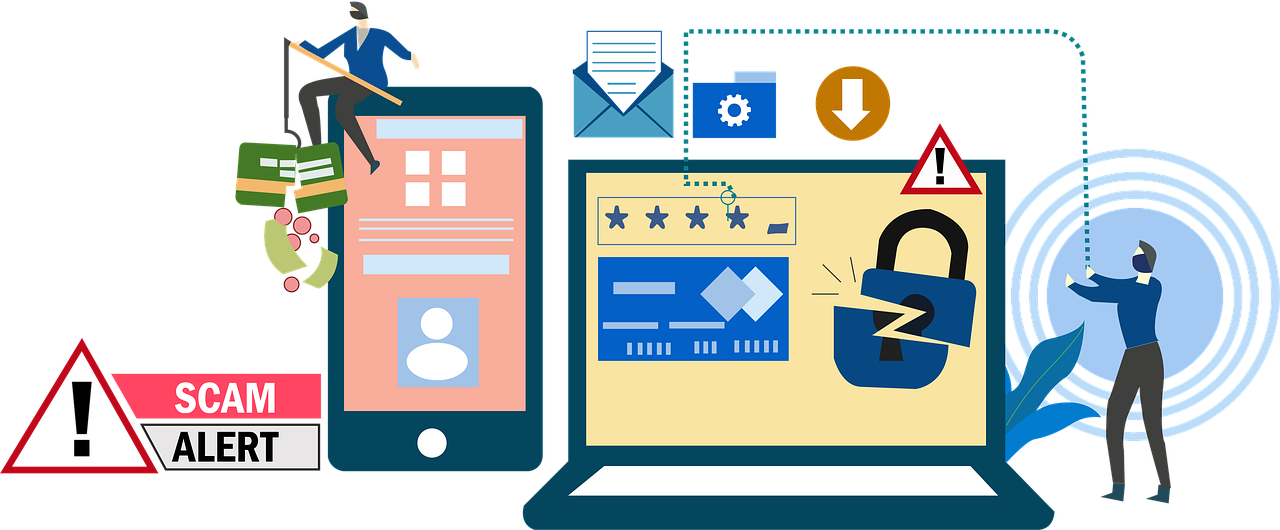In the ever-evolving landscape of cybersecurity threats, phishing attacks remain one of the most prevalent and dangerous. These attacks exploit human psychology and the trust users place in legitimate-looking emails or websites. To protect yourself and your data, it’s crucial to understand how phishing works and how to avoid falling victim to these deceptive tactics.
What is Phishing?
Phishing is a type of cyber attack where attackers impersonate legitimate entities to deceive individuals into providing sensitive information, such as usernames, passwords, credit card numbers, or other personal details. These attacks typically occur through emails, text messages, or fake websites that appear trustworthy.
Common Types of Phishing Attacks
- Email Phishing: This is the most common form of phishing. Attackers send emails that appear to come from reputable sources, such as banks, online services, or colleagues. These emails often contain urgent messages or threats to prompt immediate action, leading recipients to click on malicious links or download harmful attachments.
- Spear Phishing: Unlike broad email phishing campaigns, spear phishing targets specific individuals or organizations. Attackers gather information about their targets to craft personalized messages, increasing the likelihood of success.
- Whaling: A subset of spear phishing, whaling targets high-profile individuals within an organization, such as executives or managers. These attacks are highly sophisticated and aim to steal sensitive corporate data or funds.
- Smishing and Vishing: These attacks use SMS (smishing) or voice calls (vishing) to trick victims into revealing personal information. Attackers may pose as banks, government agencies, or tech support.
 How to Recognize Phishing Attempts
How to Recognize Phishing Attempts
- Check the Sender’s Email Address: Phishing emails often come from addresses that look similar to legitimate ones but have slight variations or misspellings. Always verify the sender’s email address before taking any action.
- Look for Suspicious Links: Hover over links in emails to see the actual URL. If the link looks suspicious or doesn’t match the sender’s domain, do not click on it.
- Beware of Urgency and Threats: Phishing emails often create a sense of urgency or fear to prompt immediate action. Be cautious of emails that pressure you to act quickly.
- Check for Grammatical Errors: Many phishing emails contain spelling and grammatical mistakes. While not always present, errors can be a red flag.
- Verify Requests for Personal Information: Legitimate organizations rarely ask for sensitive information via email. If you receive such a request, verify its authenticity through official channels.
How to Protect Yourself from Phishing
- Use Multi-Factor Authentication (MFA): MFA adds an extra layer of security by requiring two or more verification methods to access your accounts. Even if your password is compromised, MFA can prevent unauthorized access.
- Keep Software Updated: Regularly update your operating system, browser, and applications to protect against known vulnerabilities that attackers may exploit.
- Educate Yourself and Others: Stay informed about the latest phishing tactics and share this knowledge with friends, family, and colleagues. Awareness is a key defense against phishing attacks.
- Use Security Software: Install and maintain reputable antivirus and anti-malware software to detect and block malicious activities.
- Report Phishing Attempts: Report suspected phishing emails to your email provider and relevant authorities. Many email services have built-in reporting features that help improve their filters.
Phishing attacks are a significant threat in today’s digital world, but by understanding their tactics and knowing how to recognize and avoid them, you can significantly reduce your risk. Stay vigilant, educate yourself and others, and always verify the authenticity of any unsolicited requests for personal information. By taking these precautions, you can help protect yourself and your data from falling into the hands of cybercriminals.





